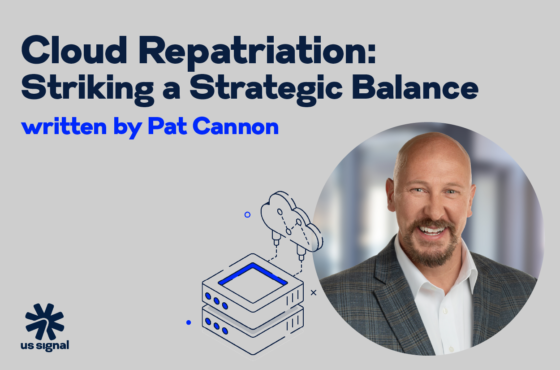Solving the Healthcare Data Storage Dilemma with Object Storage
February 2, 2018
Cloud, Compliance, Healthcare, Storage
You won’t find medical records or other healthcare data stored in hospital file cabinets much anymore. Technological advances have generated more secure, efficient means of housing that information. The problem is there’s a lot of data being generated in the healthcare industry these days. By “a lot,” we’re talking about zettabytes. Much of it is in the form of unstructured data courtesy of EHRs, medical device telemetry, better imaging and diagnostics capabilities, emerging technologies such as the Internet of Things, and other factors.
It’s hard enough storing the unprecedented amounts of data, much less doing so economically. Complicating things even more is the fact that healthcare organizations also must adhere to stringent regulatory requirements regarding data privacy and security protocols, how long the data must be retained and how quickly it can be accessed. Nonetheless, a surprising simple, cost-effective solution does exist: object storage.
The Object Storage Story
Unlike traditional storage systems that organize data in files or blocks, object storage works with units of storage called objects. Objects are stored in buckets in a flat address space called a storage pool. When the object is stored, an ID is created for it so it can be located in the pool.
The objects aren’t restricted by a hierarchical file structure, so the number of object IDs can be increased for almost limitless scalability. Applications can quickly retrieve the right data through the object’s ID or by querying the metadata in the object using an HTTP-based REST application programming interface (API).
Every time an object changes, it is stored as a new object to prevent corruption through simultaneous changes. Object storage also employs erasure coding to help maintain data integrity. Similar to the way RAID works at the disk drive level, object storage restores lost or corrupted data by using redundant chunks.
Objects are also protected because multiple copies of data are stored over a distributed system. If a node fails, the data can still be made available. This addresses common issues including drive failures, bit-rot, server and failures, and power outages.
The Value of Object Storage in Healthcare
Object storage is ideal for use in the healthcare industry for a number of reasons, including:
- Data protection, HIPAA compliance and more. The HIPAA Privacy Rule requires covered entities — which includes most healthcare organizations — to apply appropriate administrative, technical, and physical safeguards to protect the privacy of protected health information (PHI) for whatever period the data is retained. Object storage helps on the storage side by providing built-in security, resilient replication and erasure coding. And if the object storage solution is HIPAA-compliant — as is the case with US Signal’s object storage offering, all the better.
- Data retention and access. While the HIPAA Privacy Rule doesn’t cover data retention requirements for medical records, state laws do. Patient records, clinical trial data and other types of healthcare-related information often must be retained for years. They also must be secure, searchable and accessible.
Those types of data typically do not require low latency or high performance, but do need high resilience and durability against disk, node or site failures, and bit rot. That’s what object storage provides.
The data may not be needed often but with object storage, it can be accessed anytime and from anywhere — as long as there is an internet connection. It is also easy to search and locate data with object storage simply by using the object’s ID or by querying the metadata in the object using an HTTP-based REST API.
Another benefit to healthcare organizations is that they can conduct searches that return a set of files that meet specific criteria. For example, a typical X-ray stored as a file would have limited metadata associated with it beyond a name and the date it was created. Stored as an object, however, the X-ray could have rich metadata information such as the body area X-rayed, the injury type, the injury cause, the gender and age of the patient, etc. This makes it extremely useful and easy for users, such as physicians, to quickly retrieve specific information.
- Scalability and large file sizes. Healthcare information often includes large data sets or large size files, such as videos, X-rays and electronic health records. Again, object storage can take it on because it has native support for large data sets. It also has near infinite scaling capabilities. Object-based storage architectures can be scaled out and managed simply by adding additional nodes. The flat name space organization of the data, in combination with its expandable metadata functionality, facilitate this ease of use.
- Cost. Object storage is also extremely cost-effective, a big plus for budget-conscious healthcare organizations. Many vendors offer it with “pay-as-you-go pricing,” so you only pay for what you use. It’s worth noting that, unlike some object storage service providers, US Signal does not charge for API operations or egress bandwidth charges. Customers are only charged for a committed capacity amount, which includes all API transaction fees and any ingress/egress bandwidth consumption.
US Signal Has Your Data Storage Solutions
Whether your organization is in the healthcare industry, or just has a need for flexible, cost-effective storage, US Signal can help. Let our solution architects assess your data storage needs and help you select the storage solution that can best meet your business requirements and budget. To learn about US Signal’s new object storage service or other storage solutions, call 866.2. SIGNAL or email [email protected].


